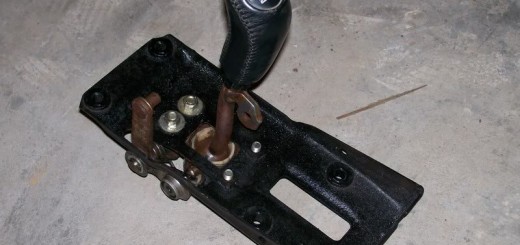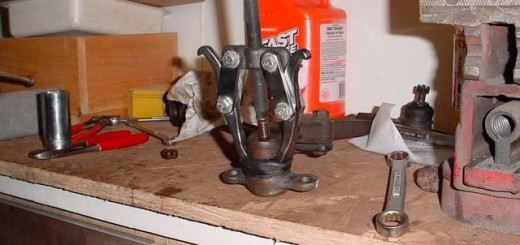In order to find out what was happening when we switched from normal coolant to NPG+, we installed thermocouples in our cyl heads at the inlet and outlet to track temperatures. Preliminary results below.
Here’s the multimiter Pat used. Sourced from Sears tools section. 
Here’s a pic of the probe in place under the inlet coolant pipe near the thermostat. Basically, you just move the clamp lower off the pipe, and lift up the hose with a blunt instrument, and wedge it under there. These 90 degree pliers and a flat head screwdriver were the only tools necessary. 
Here’s the location of the outlet probe (not installed in this picture). 
All temps indicated in degrees farenheit.
Regular Coolant Boiling Point = 255 degrees
NPG+ Boiling Point = 375 degrees
Estimate on stock temps with stock 180 thermostat
Inlet = 180
Outlet = 195
Regular Coolant temps with 160 degree thermostat (Pat’s car, normal driving).
Inlet = 160
Outlet = 175
Evans NPG+ coolant temps with 160 degree thermostat (Pat’s car, normal driving).
Inlet = 160
Outlet = 180 – 185 (This was on a 3 hour drive at 60 mph, temps would not go above or under these numbers)
Evan’s NPG+ coolant temps with 160 degree thermostat 70 degree outside temps (this is from Shane’s Car at Seattle International Raceway after race sessions)
Outlet 3 Hot Laps = 208
Outlet 10+ Hot Laps (20 min) = 228
After a few minutes with the engine off = 288 (exceeding normal Ethyl Glycol coolant boiling point by 25 degrees or so, thus the reason Turbo owners hear burping and gurgling after shutdown. This no longer happens when you switch to NPG+)
This documentation in no way replaces the Toyota MR2 Repair Manuals. The purpose of this content is only to provide supplementary information to fellow MR2 enthusiasts. Midship Runabout and its contributing authors will not be held responsible for any injury or damages that may occur as the result of practicing any of the methods or procedures described within this website. Article and photo submissions are property of the contributing author.


